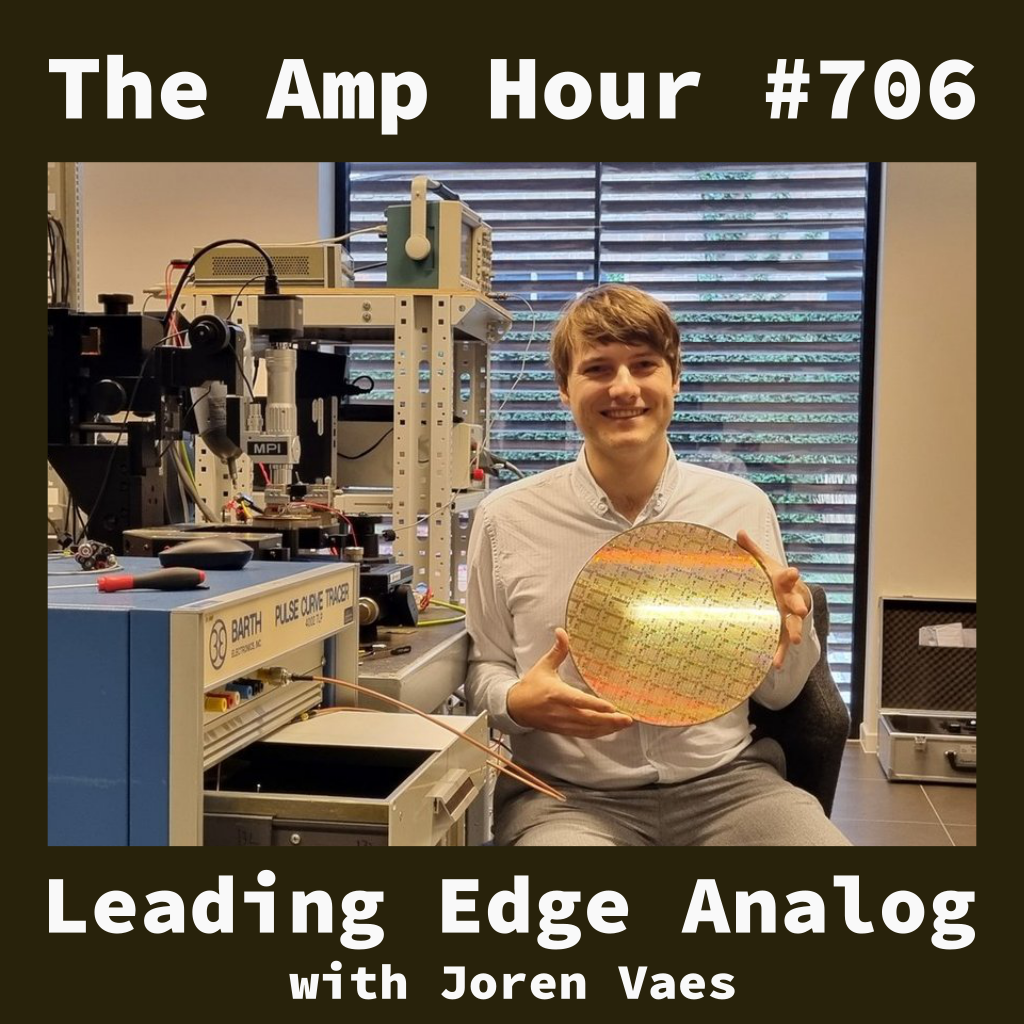1
The Ticket: Discover the Future of Customer Service, Support, and Experience, with Intercom
Intercom
On The Ticket, you'll hear Intercom's Customer Support team in conversation with the customer service leaders, renowned customer experience thinkers, and influential authors who are shaping the field of customer support. Follow The Ticket to get the weekly episodes and sign up for our twice-monthly newsletter bursting with all the insights, trends, tips, and assets your team needs to embrace the future of customer service. https://www.intercom.com/blog/newsletter 🏠 www.intercom.com
…
continue reading




